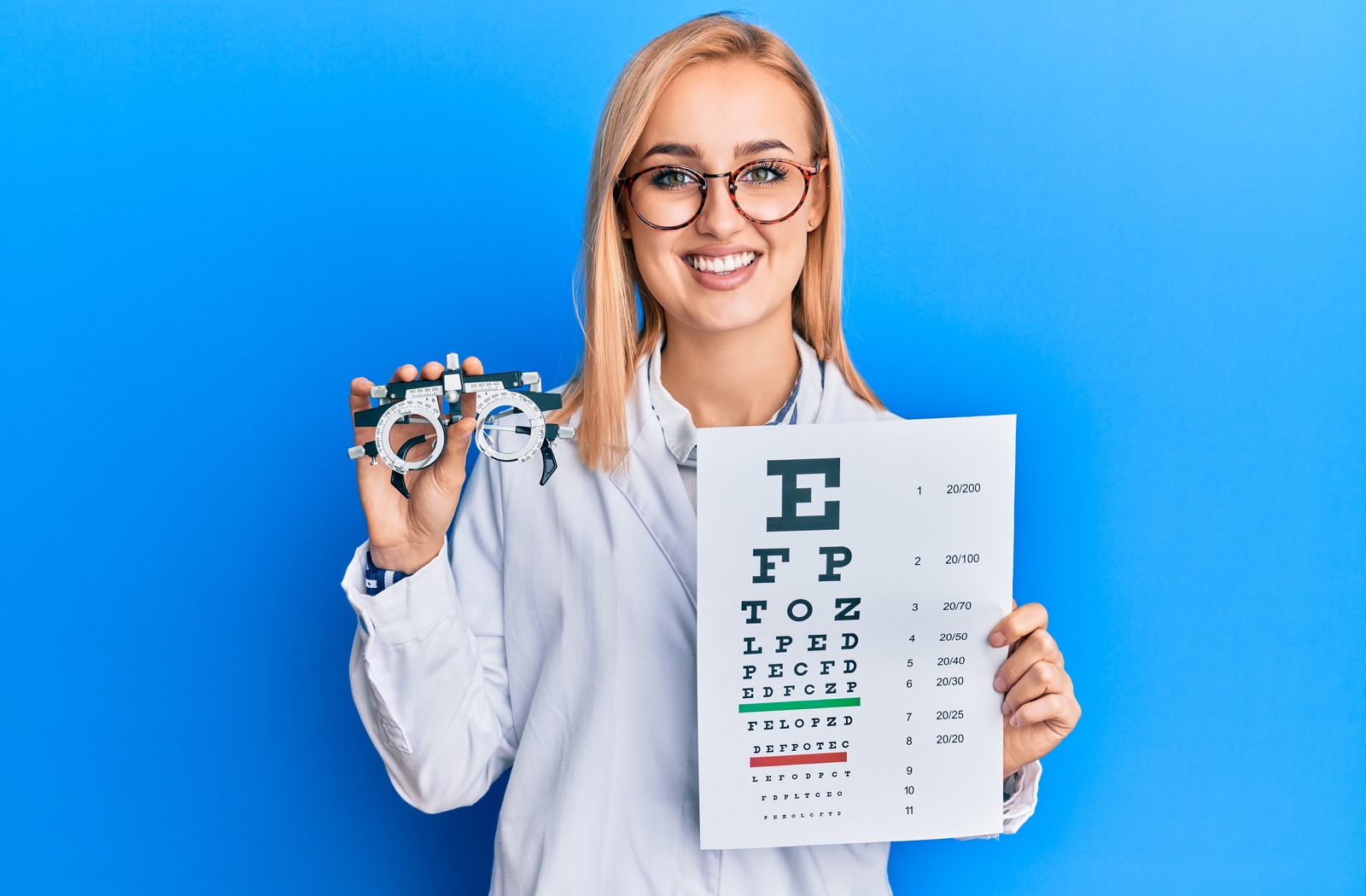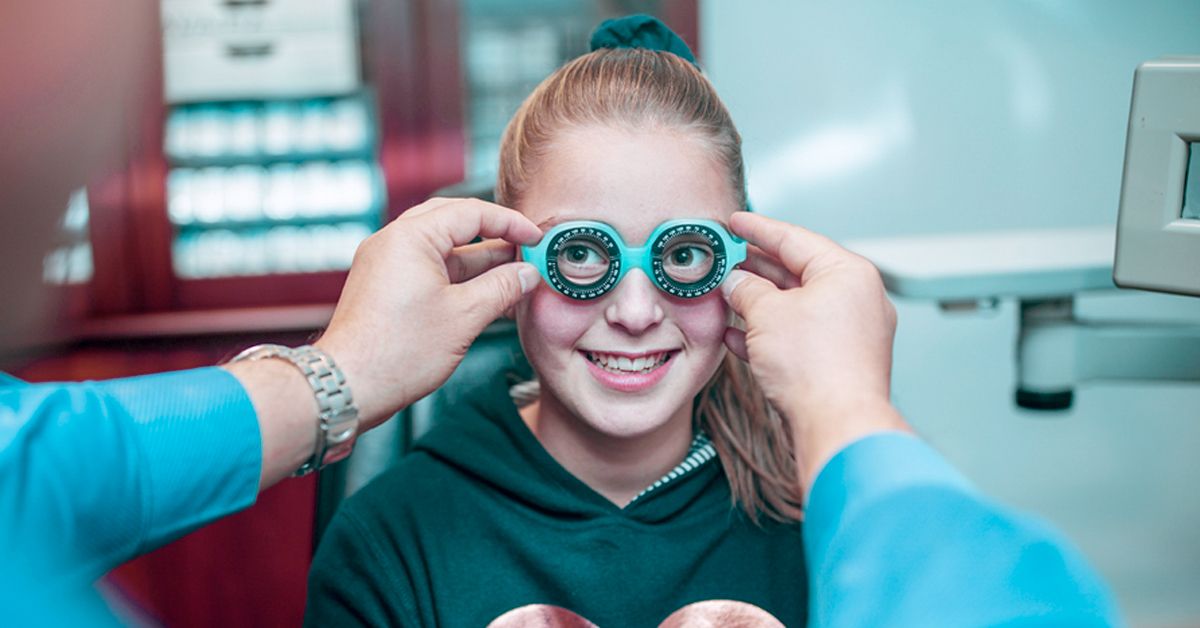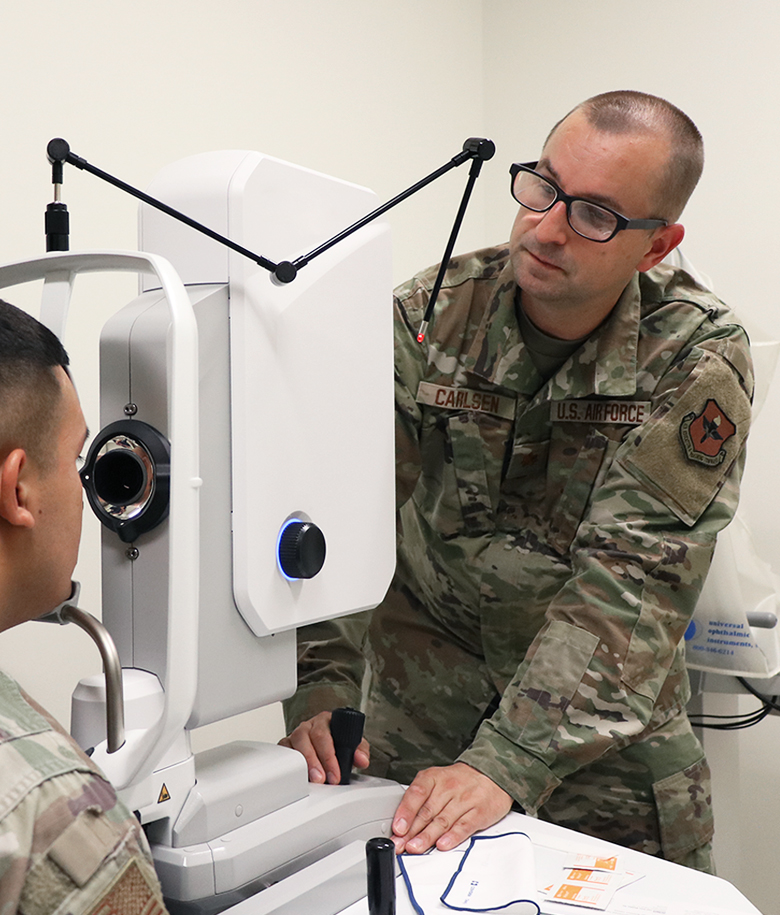Discovering the most up to date Technological Innovations in Optometry and What They Mean for Optometrists
In the ever-evolving field of optometry, current technical advancements are reshaping exactly how specialists approach eye treatment. From the accuracy of Optical Comprehensibility Tomography to the nuanced insights used by AI-driven analysis devices, these innovations are establishing new criteria in client assessment and treatment. Teleoptometry is poised to redefine ease of access, guaranteeing that expertise goes beyond geographical limitations. As these improvements permeate the practice, optometrists are encountered with the challenge of accepting these tools to boost client end results. Yet, the concern remains: exactly how will these technical shifts redefine the functions and responsibilities within the occupation?
Technologies in Diagnostic Tools
Advancing the field of optometry, advancements in analysis tools have actually changed the way eye care specialists analyze and diagnose ocular conditions and visual impairments. The previous years has actually experienced considerable technical advancements, enabling even more precise and thorough analyses. Optical Comprehensibility Tomography (OCT), for instance, provides high-resolution cross-sectional pictures of the retina, permitting for the very early detection of diseases such as glaucoma and age-related macular degeneration. This non-invasive imaging strategy has ended up being crucial in modern optometric technique.
One more key technology is the intro of sophisticated corneal topography systems, which map the surface curvature of the cornea with precision. These tools are specifically valuable for suitable get in touch with lenses and identifying corneal disorders. In addition, digital retinal imaging has changed standard ophthalmoscopy, offering comprehensive, scenic sights of the retina that help with thorough visual assessments.
The development of wavefront aberrometry has likewise been important, making it possible for the analysis of refractive errors with unparalleled precision (Eye Doctor). This innovation helps in tailoring rehabilitative lenses and boosting surgical results for refractive surgical treatments. Jointly, these analysis improvements encourage optometrists to provide superior client care, guaranteeing very early intervention and customized therapy approaches, ultimately improving aesthetic wellness outcomes
AI in Patient Monitoring
Building on the structure of advanced diagnostic tools, the unification of fabricated knowledge (AI) in person monitoring stands for a transformative leap for optometry. AI systems are increasingly utilized to boost efficiency, precision, and customization in person care. By evaluating substantial amounts of data, AI can determine patterns and predict possible eye problems, allowing optometrists to tailor treatments better. This ability is crucial in handling chronic eye illness such as glaucoma and diabetic retinopathy, where early discovery and continual monitoring are essential.
Moreover, AI-driven platforms help with structured patient interactions and administrative procedures. Automated organizing, virtual examinations, and individualized follow-up plans not just enhance patient satisfaction however also optimize time administration for professionals. These systems can triage individuals based upon the seriousness of their problems, guaranteeing that those in essential demand receive timely interest.
Furthermore, AI enhances decision-making by giving eye doctors with evidence-based referrals and treatment pathways. By integrating data from digital wellness records, AI tools provide insights that educate clinical decisions, reducing the risk of mistakes and boosting person end results. As AI remains to progress, its duty in client monitoring will likely expand, improving the landscape of optometric treatment.
Advances in Retinal Imaging
In the realm of optometry, retinal imaging has seen amazing technological developments that are boosting analysis capacities and client care. Developments such as Optical Coherence Tomography (OCT) and fundus photography have actually transformed how eye doctors evaluate the retina and visualize. OCT, specifically, provides high-resolution, cross-sectional photos of the retina, enabling the detailed examination of its layers. This capacity is indispensable for early discovery and management of conditions like glaucoma, diabetic retinopathy, and age-related macular deterioration.
Enhanced imaging techniques like OCT angiography are further refining diagnostic precision. Eye Doctor Optometrist. Such advancements help with the identification of min retinal adjustments that can check this indicate condition development.
Furthermore, improvements in man-made intelligence are boosting retinal imaging by enabling automatic evaluation of big datasets. These systems help optometrists in recognizing patterns a measure of pathology, consequently improving diagnostic accuracy and performance. Jointly, these innovations are transforming retinal imaging right into a keystone of modern eye treatment, improving outcomes and increasing restorative opportunities.
Teleoptometry's Growing Duty
Teleoptometry is progressively ending up being an important part of eye care, driven by advancements in data and diagnostic tools. As optometry welcomes electronic makeover, teleoptometry assists in remote assessments, permitting eye doctors to expand their services beyond traditional limits. This is especially useful in underserved and country areas where accessibility to specialized eye treatment is typically limited. By leveraging high-resolution video conferencing and advanced retinal imaging, optometrists can perform detailed eye exams from afar, making sure prompt medical diagnosis and treatment.
The assimilation of man-made knowledge (AI) further improves teleoptometry, enabling the evaluation of aesthetic data and helping in the detection of ocular problems such as glaucoma and diabetic person retinopathy. AI-powered algorithms can swiftly translate complex imaging information, giving eye doctors with important understandings that boost scientific decision-making.
In addition, teleoptometry supports continuity of care through smooth integration with digital health and wellness records (EHRs), permitting optometrists to preserve extensive client backgrounds. This guarantees that people get constant and customized treatment even when talking to different professionals.
Regardless of these advantages, difficulties stay, including making certain data protection and managing person expectations. Teleoptometry stands for a considerable stride in the direction of even more obtainable, efficient, and patient-centered eye care. As technology advances, its duty is positioned to increase additionally.

Future Fads in Eye Treatment
A myriad of cutting-edge fads is readied to reshape the future of eye care, driven by technological developments and the developing needs of clients. One considerable pattern is the integration of expert system (AI) in diagnostics, which assures to improve the precision and efficiency of eye examinations. AI algorithms can analyze substantial quantities of information from retinal photos, possibly identifying problems like diabetic person retinopathy and glaucoma earlier than conventional methods.
In addition, customized medicine is gaining traction in optometry, with hereditary screening informing customized therapy plans. This strategy intends to enhance person end results by tailoring treatments to specific genetic profiles. Wearable modern technology, such as smart call lenses, is likewise on the perspective, providing real-time surveillance of intraocular pressure or glucose degrees, therefore giving constant insights into systemic and ocular health.
The fostering of enhanced truth (AR) and online fact (VIRTUAL REALITY) in training and client education and learning is one more arising pattern. These go now innovations supply immersive experiences that can enhance understanding and skills both for individuals and eye doctors. As these patterns evolve, eye doctors must stay abreast of technological review innovations to offer innovative treatment, ensuring improved patient outcomes and contentment in the dynamic landscape of eye treatment.
Verdict

Collectively, these diagnostic advancements encourage optometrists to deliver premium patient care, ensuring early treatment and customized treatment strategies, eventually enhancing aesthetic health results.

As these technologies proceed to progress, optometrists have to adjust and integrate them into technique, inevitably optimizing operations effectiveness and elevating the criterion of eye care supplied to people.